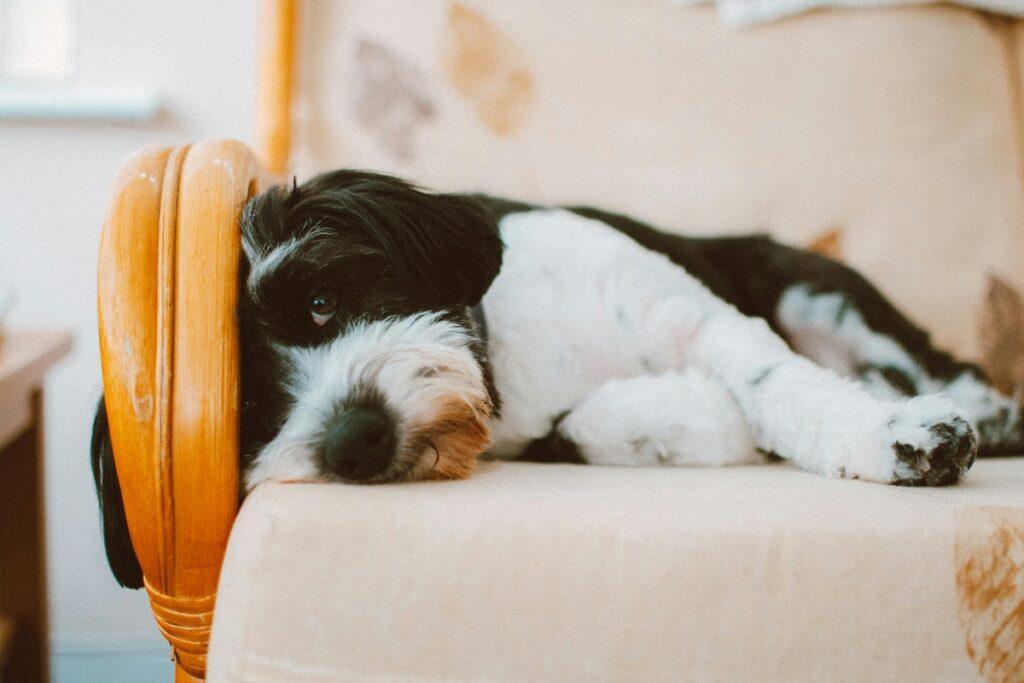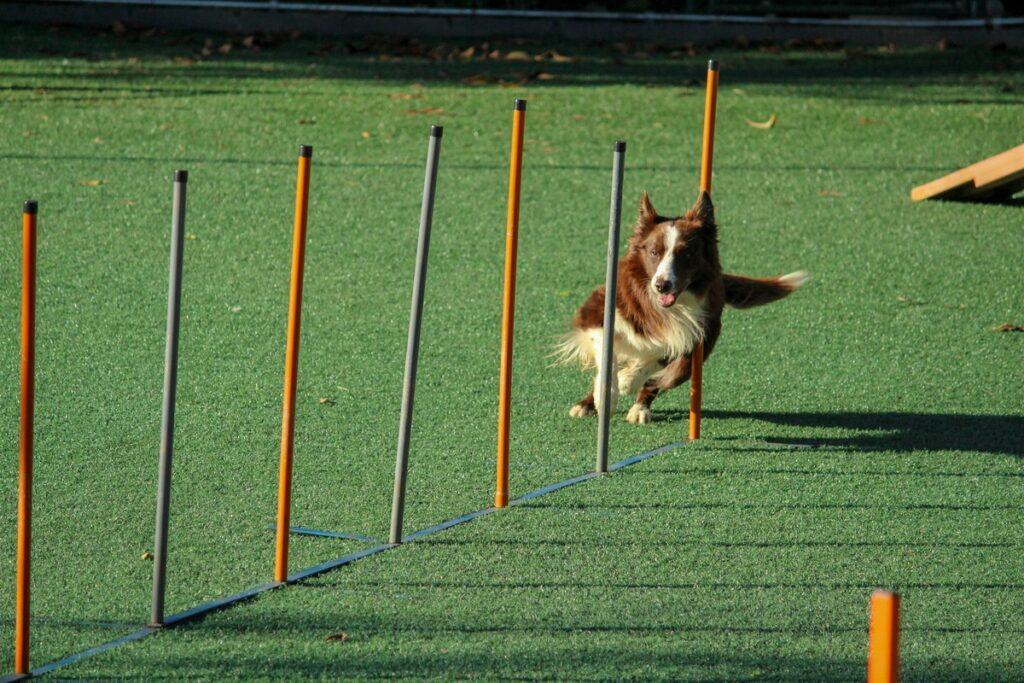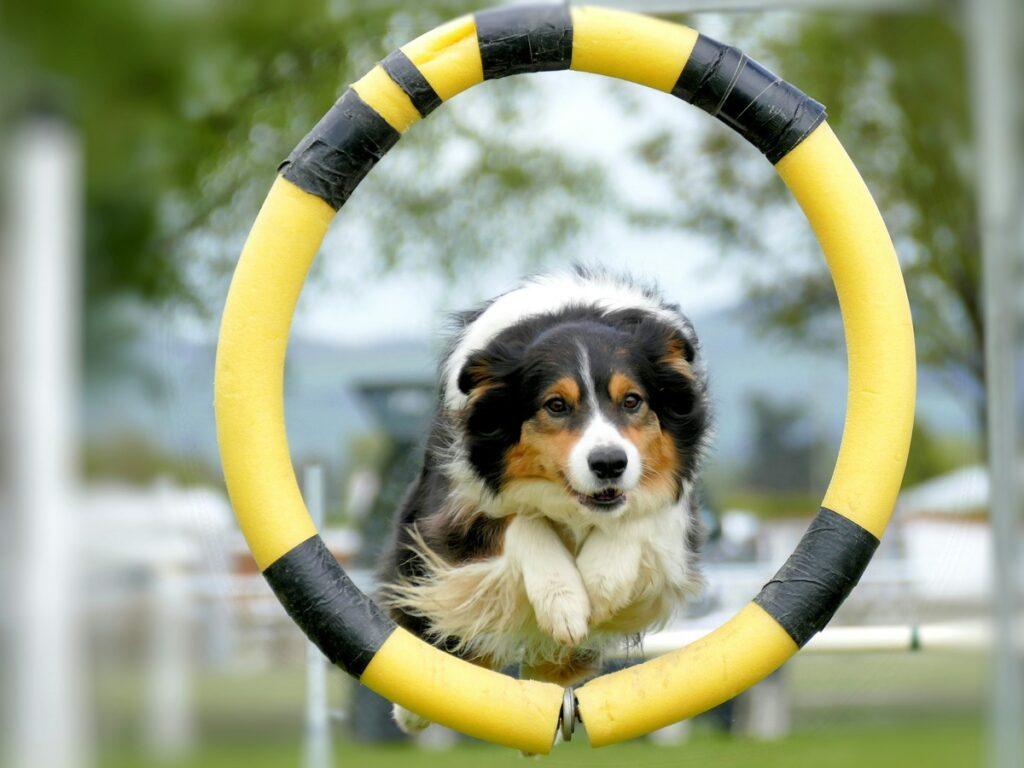How to stop dog from chewing furniture is a question almost every new dog owner faces — and it’s more common than you think. Picture this: you come home from work and find your once-pristine sofa torn open like a stuffed toy. The wooden legs of your coffee table now resemble a beaver’s snack. If this sounds familiar, don’t panic — you’re not alone. In this 2025 expert guide, we’ll cover why dogs chew, how to stop destructive behavior, and which techniques actually work — all based on real training methods and behaviorist-backed insights.
Table of Contents
- Why Do Dogs Chew Furniture?
- Effective Ways to Stop Furniture Chewing
- Best Chew Toys to Redirect the Behavior
- Using Dog-Safe Deterrents
- Common Mistakes Owners Make
- FAQ
For additional expert guidance, see PetMD’s article on dog chewing behavior and ASPCA’s guide on destructive chewing.
Why Dogs Chew Furniture & How to Stop Dog from Chewing Furniture
Chewing is a natural instinct for dogs, but when it targets your home’s furniture, it becomes a costly problem. Puppies often chew during teething, while adult dogs may chew out of boredom, anxiety, or excess energy. Some dogs chew to self-soothe, especially during stressful situations like being left alone or hearing loud noises. Understanding the root cause is the first step in stopping the behavior. Without addressing the “why,” no amount of deterrent will be fully effective.
| Reason | Explanation |
|---|---|
| Teething | Puppies chew to relieve gum discomfort, usually between 3–6 months of age |
| Boredom | Dogs left alone for long periods need mental stimulation |
| Separation Anxiety | Chewing helps relieve stress when the owner is away |
| Lack of Exercise | Understimulated dogs release pent-up energy by chewing |
| Attention-Seeking | Some dogs learn that chewing gets them noticed |
Pro Tip: Observe your dog’s behavior to identify patterns — is the chewing worse when you leave, or after a skipped walk? That’s your starting point.

Effective Ways to Stop Furniture Chewing
Stopping destructive chewing isn’t about punishment — it’s about redirection, structure, and meeting your dog’s needs. Here are the most effective steps to stop the behavior:
If you’re wondering how to stop dog from chewing furniture, start by ensuring your dog’s physical and mental needs are met daily.
- Supervise & Interrupt: Catch them in the act. Calmly interrupt and redirect to a toy.
- Use “Leave It” and “Drop It” Commands: Basic obedience training pays off. Practice daily.
- Redirect Chewing: Offer approved items like chew toys when they approach furniture.
- Enforce Boundaries: Use baby gates or crates when you’re away to limit access.
- Reward Positive Behavior: Praise and treat your dog for chewing appropriate toys.
For a deeper training strategy, check out our dog behavior training guide.
Best Chew Toys to Redirect the Behavior
Some dogs chew simply because they don’t have a better option. Investing in high-quality chew toys that satisfy your dog’s urge can dramatically reduce furniture damage. Choose toys based on your dog’s size, chewing strength, and interest level. Rotate toys weekly to maintain novelty.
| Recommended Toy | Why It Works |
|---|---|
| KONG Classic | Durable, stuffable, and mentally stimulating |
| Benebone Wishbone | Tough for heavy chewers with bacon flavor |
| Goughnuts MAXX Ring | Virtually indestructible and great for large breeds |
| Nylabone Power Chew | Long-lasting and available in multiple textures |
| Frozen Carrot or Apple Slice | Safe, edible, and soothing for teething puppies |
See our full guide to best chew toys for aggressive chewers for more ideas.
Using Dog-Safe Deterrents
When redirection alone isn’t enough, dog-safe deterrents can reinforce boundaries. These sprays are bitter but non-toxic and discourage chewing with their taste. Always test a small area of your furniture first, and never apply directly to your dog.
Dog-safe sprays and barriers are useful tools when learning how to stop dog from chewing furniture, but they must be combined with positive training.
- Bitter Apple Spray: The classic deterrent — most dogs avoid it after one lick.
- Vinegar and Water Mix: Simple, cheap, and effective for many dogs.
- Citrus Oil (diluted): Many dogs dislike citrus smells.
Common Mistake: Spraying deterrents without providing alternatives can increase anxiety or lead to redirected chewing elsewhere.
Common Mistakes Dog Owners Make
- Scolding after the fact: Dogs won’t connect punishment to a past action.
- Inconsistent rules: Letting them chew old shoes but not furniture creates confusion.
- Not enough exercise: Mental and physical stimulation is critical for all breeds.
- No alternatives: If there’s nothing better to chew, furniture becomes the fallback.
Correcting chewing behavior requires consistency, patience, and planning. Avoiding these mistakes speeds up progress and reduces frustration.
FAQ
Is it normal for dogs to chew furniture?
Yes, especially in puppies. It’s how they explore, relieve pain, or reduce stress. The goal is to redirect the habit rather than punish it.
What age do dogs stop chewing?
Most dogs outgrow destructive chewing by 18–24 months, but some continue if the behavior isn’t managed properly.
Do anti-chew sprays really work?
They can be effective as part of a broader training plan. The key is pairing them with redirection and positive reinforcement.
Is crate training helpful for this behavior?
Yes. Used correctly, crates give your dog a safe place and limit access to furniture when unsupervised.
Final Thoughts
How to stop dog from chewing furniture comes down to patience, redirection, and consistency. Whether it’s teething, boredom, or stress, your goal is to redirect that energy into safe, rewarding alternatives. By applying the strategies in this guide, you’ll reduce destructive chewing and strengthen the bond with your dog — all while keeping your furniture intact.



